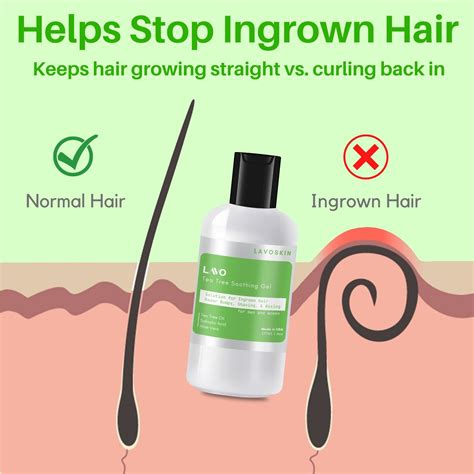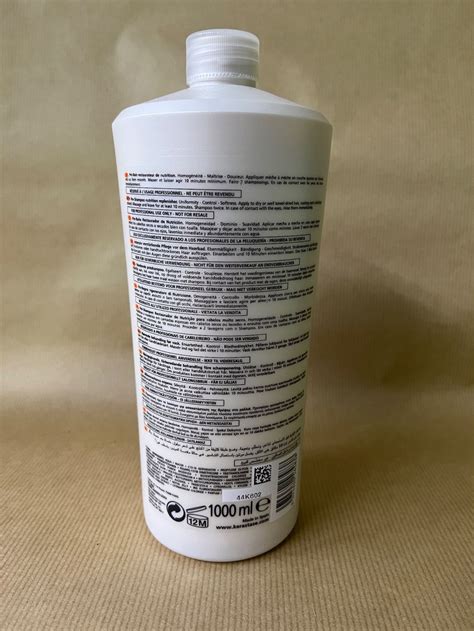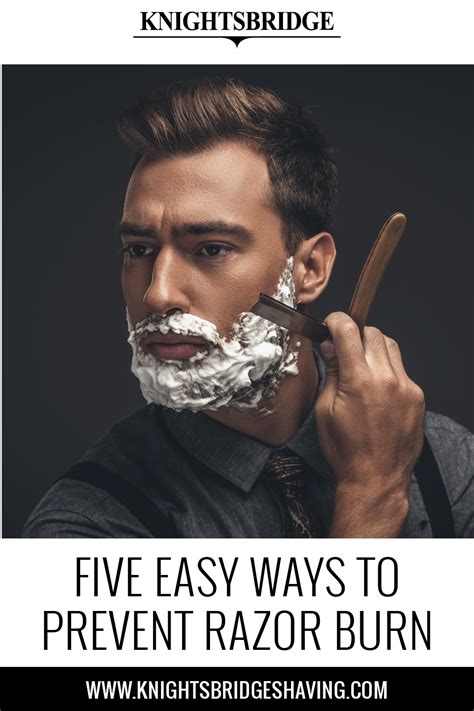How to prevent razor burn & ingrown hairs for a consistently sharp, professional shave?

Achieving a consistently sharp, professional shave without the irritation of razor burn or the discomfort of ingrown hairs is a goal for many. While these common shaving woes can be frustrating, they are largely preventable with the right knowledge and a refined routine. By understanding the causes and adopting a meticulous approach to your grooming ritual, you can transform your shaving experience into one that is smooth, comfortable, and leaves your skin looking its best.
Understanding the Culprits: Razor Burn and Ingrown Hairs
Before diving into solutions, it’s crucial to understand what causes these common issues. Razor burn is essentially skin irritation caused by improper shaving techniques, dull blades, or a lack of lubrication. It manifests as redness, tenderness, and sometimes small bumps.
Ingrown hairs occur when a hair strand, instead of growing outward from the follicle, curls back and re-enters the skin, or grows sideways under the skin. This often happens after shaving, waxing, or tweezing, particularly with coarse or curly hair, leading to red, itchy, and sometimes painful bumps that can become infected.
The Essential Pre-Shave Ritual
Preparation is perhaps the most critical step in preventing razor burn and ingrown hairs.
Exfoliation is Key
Regular exfoliation helps remove dead skin cells that can trap hairs and clog follicles. Using a gentle face scrub or an exfoliating brush 1-2 times a week, especially before shaving, can significantly reduce the risk of ingrown hairs by allowing hairs to grow freely.
Soften Your Whiskers
Warm water or steam is your best friend. Shaving after a hot shower is ideal as the steam opens pores and softens hair, making it easier to cut. If you’re not showering, apply a warm, damp towel to your face for a few minutes. Following this with a pre-shave oil can add an extra layer of lubrication and protection, conditioning both your skin and whiskers.

Mastering Your Shaving Technique
Even with perfect preparation, poor technique can undo all your efforts.
Choose Your Weapon Wisely
A sharp, clean razor blade is non-negotiable. Dull blades drag and pull, leading to irritation and an uneven shave. Whether you prefer a multi-blade cartridge, a safety razor, or a straight razor, ensure your blade is always in prime condition. For those prone to ingrown hairs, a single-blade razor or a safety razor can often be less irritating than multi-blade cartridges.
Lather Up Properly
A rich, creamy lather creates a protective barrier and helps lift the hairs. Use a high-quality shave cream or soap and apply it with a brush in circular motions. This not only creates a luxurious lather but also helps to further lift the hairs away from the skin, preparing them for the blade.
Shave With the Grain (Mostly)
For your first pass, always shave with the grain (in the direction your hair grows). This reduces tugging and irritation. If you desire a closer shave, you can re-lather and make a second pass across the grain, or even against the grain if your skin tolerates it well. However, for sensitive skin or areas prone to ingrown hairs, sticking to ‘with the grain’ is often the safest bet. Use short, light strokes, letting the razor do the work.

Post-Shave Care for Calm Skin
The job isn’t done once the last hair is cut. Post-shave care is vital for soothing the skin and preventing issues.
Rinse and Soothe
Rinse your face thoroughly with cool water to close pores and remove any residual lather. Pat your face dry with a clean, soft towel (don’t rub!). Follow this immediately with a soothing, alcohol-free aftershave balm or lotion. Alcohol-based aftershaves can dry out and irritate the skin, exacerbating razor burn.
Moisturize, Moisturize, Moisturize
Keeping your skin hydrated is crucial for its overall health and resilience. A good moisturizer helps maintain the skin’s barrier function, keeping it soft and supple, which in turn reduces the likelihood of ingrown hairs by allowing hair to grow out more easily.

Advanced Tips for Stubborn Cases
- Don’t Press Too Hard: Let the sharpness of the blade do the work. Excessive pressure increases friction and irritation.
- Replace Blades Regularly: A good rule of thumb is every 5-7 shaves, or at the first sign of tugging or discomfort.
- Cleanliness Matters: Always rinse your razor thoroughly after each use and store it in a clean, dry place to prevent bacterial growth.
- Consider Your Shaving Frequency: If you’re highly prone to irritation, try shaving every other day instead of daily to give your skin a chance to recover.
- Post-Shave Treatments: For persistent ingrown hairs, consider products with salicylic acid or glycolic acid, which help exfoliate the skin and keep follicles clear. Apply these a few hours after shaving, or on non-shaving days.

Conclusion: Embrace the Smooth
Preventing razor burn and ingrown hairs isn’t about one magic product; it’s about cultivating a consistent and thoughtful shaving routine. By investing time in proper preparation, mastering your technique, and committing to diligent aftercare, you can significantly reduce these common annoyances. Embrace these steps, and you’ll be well on your way to enjoying a consistently sharp, comfortable, and professional shave, revealing healthier, smoother skin every time.
![How To Achieve The Perfect Shave [infographic] | Everything Homes](/images/aHR0cHM6Ly90czMuZXhwbGljaXQuYmluZy5uZXQvdGg/aWQ9T0lQLkZZLThWZWFMdWJRS2t4SEpJVDJrb3dIYWV1JnBpZD0xNS4x.webp)






